“ALL THING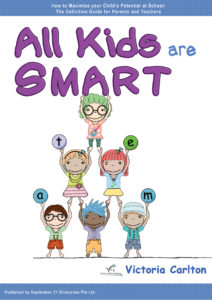 S ARE POSSIBLE- ONLY BELIEVE!”
S ARE POSSIBLE- ONLY BELIEVE!”
I remember singing this at Church many years ago and wondering, “Could this be true?”
Fortunately for me I was able to navigate my way around the school system at the time and it suited my learning style.
I knew many kids my age who did not do well academically but could think far more creatively than me and were obviously much smarter!
Why do we consign kids to educational rubbish tips so early?
Why are we so keen to burst bubbles of possibilities?
I hear so many instances where teachers have said of a 7 year old, “Well he won’t get to Uni but…….
How would they know?
I have been teaching for a very long time and I can’t predict that.
I truly believe all kids are gifted and that is why I wrote ALL KIDS ARE SMART.
This is what I believe-
We should stop limiting children at such early ages. We don’t use the word IMPOSSIBLE in my programs. IMPOSSIBLE things may well be possible tomorrow!
I see so many anxious parents of perfectly normal, intelligent children who just happen to be taking a little longer to develop.
I also see children who have genuine difficulties as their learning style is not catered for by their school and they have some huge learning gaps. We work hard to mend their self-esteem and establish basic concepts.
We also have many children attending who achieve academically 1-3 years ahead of the expected levels and we provide challenge and enriching programs for them.
Both teachers and parents need to get to know children and considered preferred intelligences and learning style.
Readers of ALL KIDS ARE SMART can use the provided tests to determine their own strengths and weaknesses as well as the children they are concerned with. This helps us to offer precision teaching based on actual needs and delivered in such a way they can access and benefit.
The old hymn was right and is being proven by entrepreneurs all over the world. Most famous entrepreneurs such as Richard Branston scooted around the school system and pretty well ignored it! They refused to have their self-belief and creativity confined and battered as discussed by Ken Robinson:
Child whisperers – take note and stoke the fires of belief rather than pouring the cold, cruel waters of cynicism onto children’s emerging self-beliefs!
If you would like a copy of ALL KIDS ARE SMART please email victoriacarlton@iinet.net.au
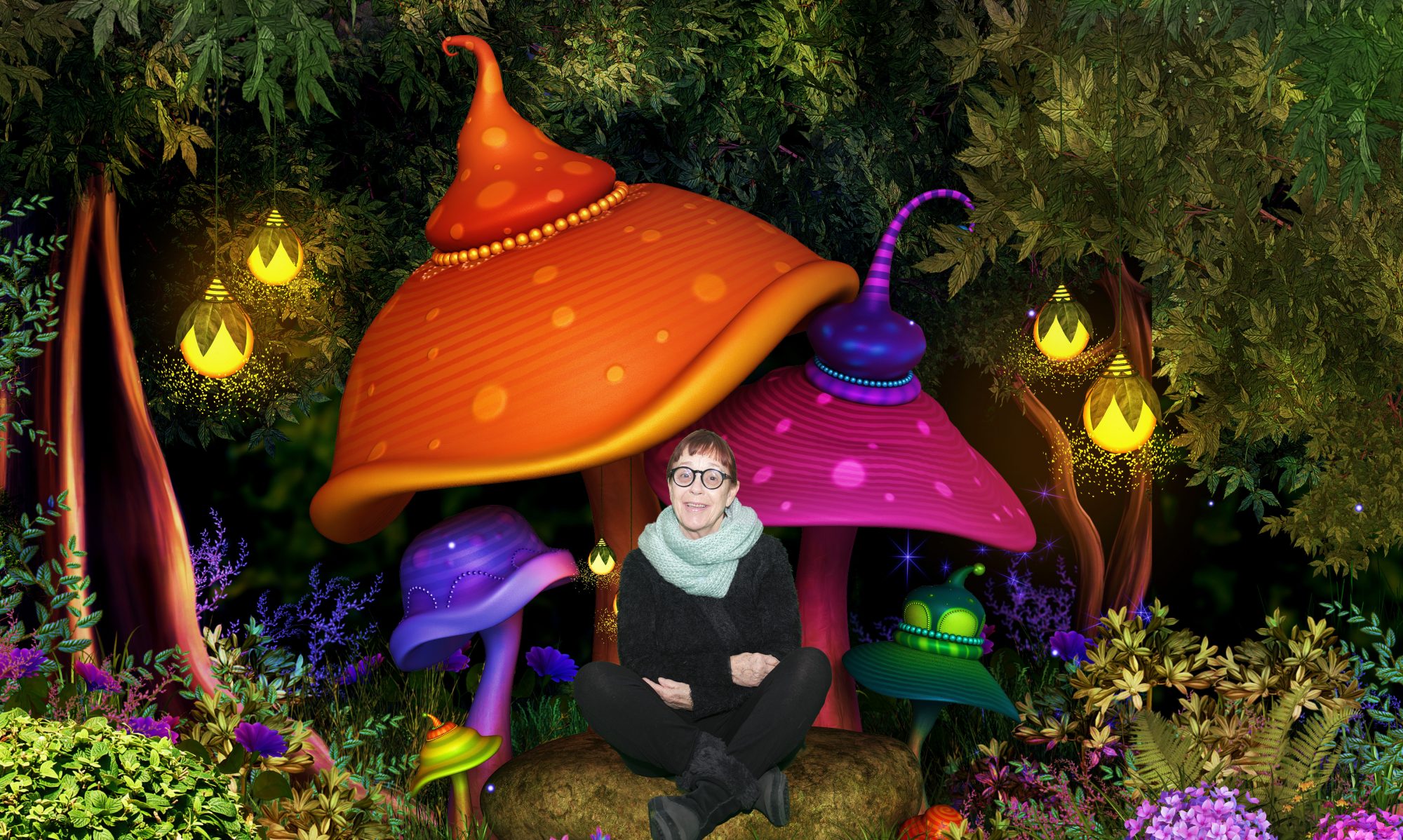


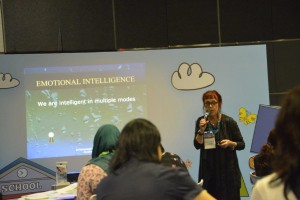
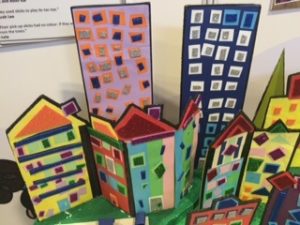
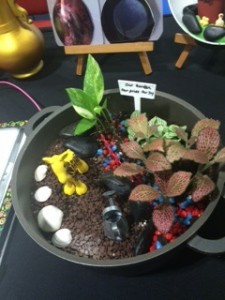
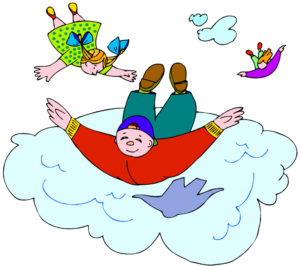
![41835873[1]](http://victoriacarlton.com.au/wp-content/uploads/2014/01/418358731-199x300.jpg)